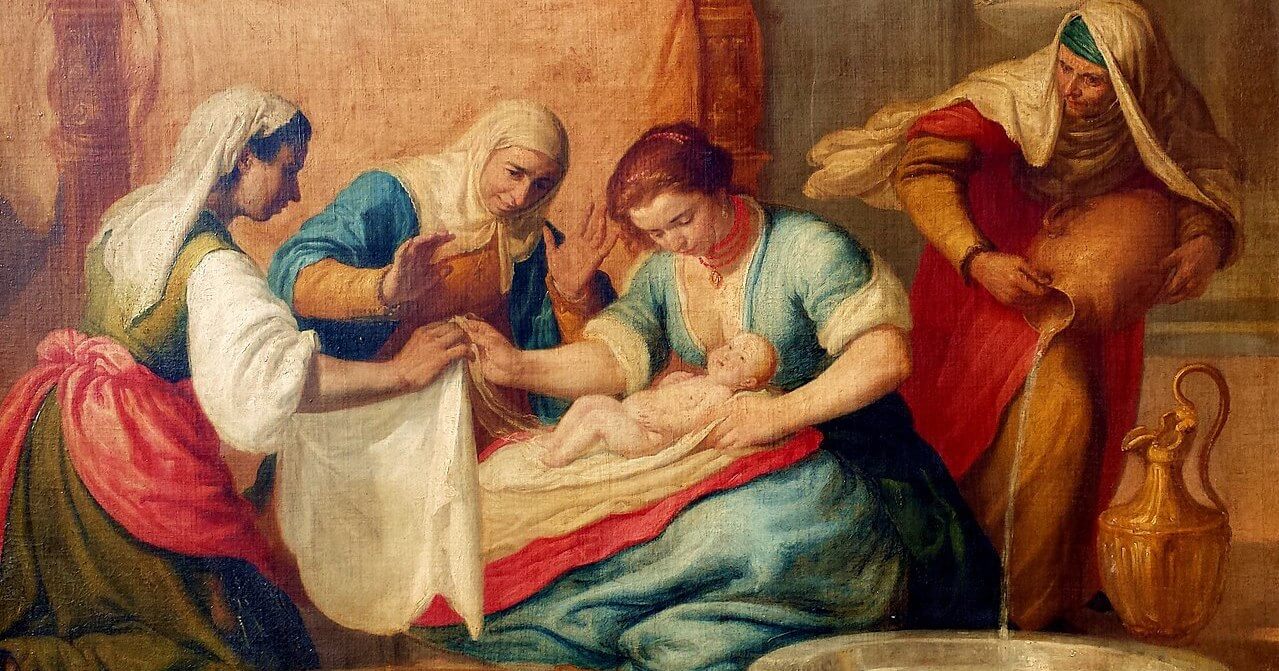“O Holy Night” is one of the Christmas carols that you may only know by tune and not by lyric. It was penned in French, originally, and then translated into English by John Sullivan Dwight, a notorious musician and teacher. He was surrounded with friends converting to the Catholic faith, including Isaac Hecker, who later founded the Paulist Fathers.
This Christmas carol finds its roots in a French poem known by two different titles: “Minuit, Chrétiens” (“Midnight, Christians”) and “Cantique de Noël” (“Canticle of Christmas”). Placide Cappeau, a wine merchant, wrote “Midnight, Christians” in 1843 while watching the windows in his church be restored. If you decide to go read the lyrics of this piece, know that its themes are much more penitential than “O Holy Night” became – and the two share almost the same musical tune!
“O Holy Night” reflects on the light that the birth of Jesus brings and the peace and stillness that unfolds when He is present. The song is filled with relief, awe, and beauty that brings peace even to the worst of circumstances.
According to several wartime legends, the French sang this from the trenches in World War I on Christmas Eve, and it stopped their Prussian opponents from attacking that night. Later, in World War II, a story spread that a Catholic priest sung the song to a mortally wounded Marine to comfort him.
Still in French churches today, “O Holy Night” is used in Midnight Mass for the Christmas celebration. Your church might do the same, and even if not, you can listen to it at midnight on Christmas Day, thanks to the Willows Academy:



